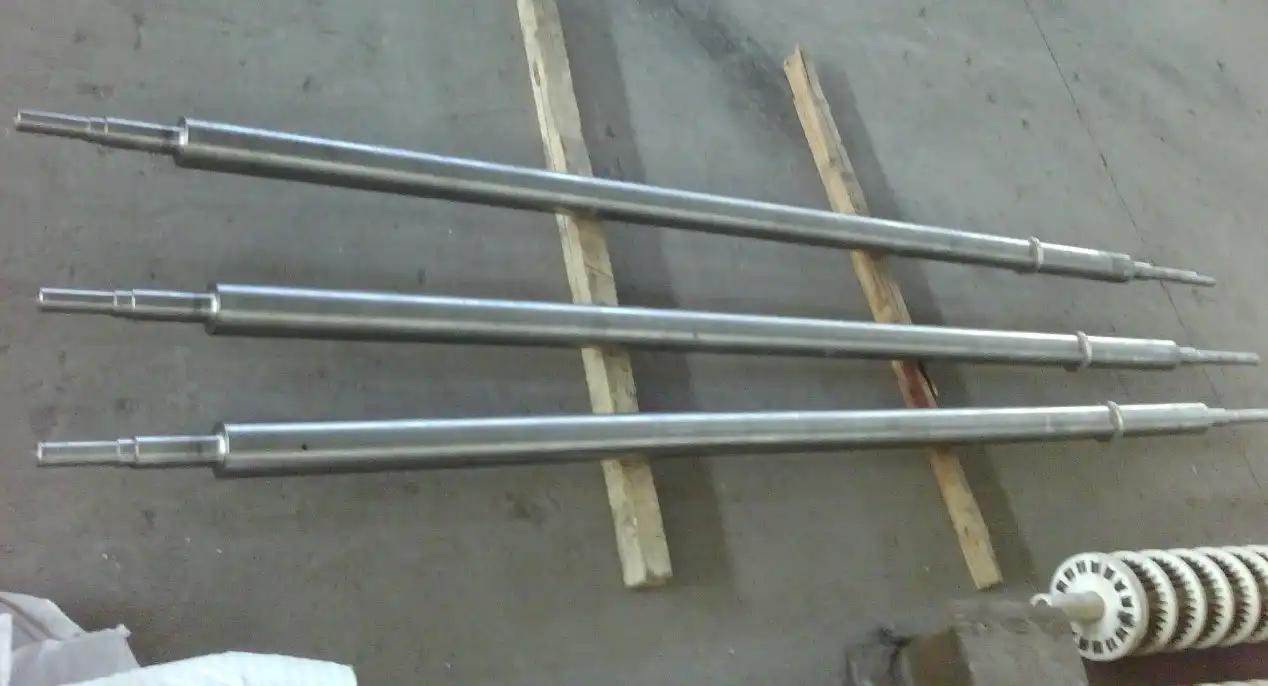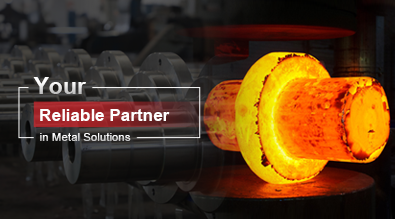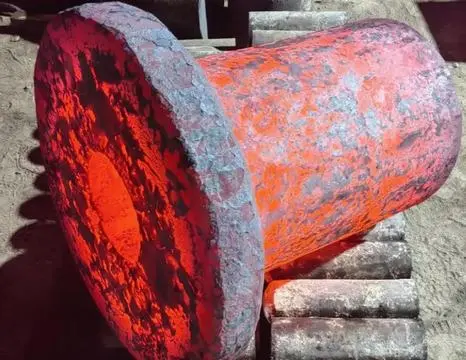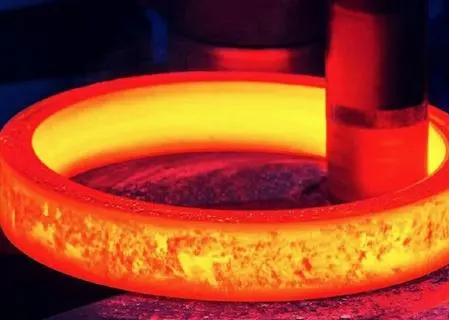Design and Construction of Furnace Rolls
Materials Used in Furnace Roll Manufacturing
The selection of materials for furnace roll manufacturing is paramount to their performance and longevity. High-temperature alloys, such as heat-resistant stainless steels, nickel-based superalloys, and cobalt-based alloys, are commonly utilized. These materials exhibit exceptional resistance to oxidation, creep, and thermal fatigue, which are critical properties for withstanding the harsh conditions inside industrial furnaces. For instance, alloys like AISI 310, Inconel 601, or RA330 are frequently employed due to their superior high-temperature strength and corrosion resistance.
Structural Considerations in Furnace Roll Design
The structural design of furnace rolls is meticulously engineered to ensure optimal performance under extreme conditions. Factors such as thermal expansion, load-bearing capacity, and rotational stability are carefully considered. The rolls often feature a hollow core design to reduce weight and improve heat distribution. Additionally, the surface of the rolls may be textured or grooved to enhance material handling and prevent slippage. Advanced designs may incorporate internal cooling systems to maintain structural integrity and extend the roll's operational lifespan.
Coatings and Surface Treatments for Enhanced Performance
To further improve the durability and functionality of furnace rolls, various coatings and surface treatments are applied. Ceramic coatings, such as zirconia or alumina, can provide an additional layer of thermal insulation and wear resistance. Plasma-sprayed coatings offer excellent adhesion and can be tailored to specific operational requirements. Some manufacturers employ diffusion coatings or surface hardening techniques to enhance the roll's resistance to oxidation and abrasion, thereby prolonging its service life in the demanding furnace environment.
Operational Principles of Furnace Rolls
Rotational Mechanics and Drive Systems
The rotational mechanics of furnace rolls are crucial for their effective operation. These rolls are typically driven by electric motors through a system of gears or chains, allowing for precise control of rotational speed. The drive system must be capable of maintaining consistent rotation under varying loads and temperatures. Advanced control systems, such as variable frequency drives, are often employed to adjust the roll speed in response to changing process requirements or material characteristics. This adaptability ensures optimal material handling and heat transfer throughout the furnace.
Heat Transfer and Temperature Control
Furnace rolls play a vital role in heat transfer within industrial furnaces. As they rotate, the rolls absorb heat from the furnace atmosphere and conduct it to the materials being processed. The thermal conductivity of the roll material and any applied coatings significantly influence this heat transfer process. Some furnace rolls are designed with internal cooling systems to regulate their temperature, preventing overheating and maintaining dimensional stability. Precise temperature control of the rolls is essential for achieving uniform heating of the processed materials and ensuring consistent product quality.
Load-bearing Capacity and Material Support
The load-bearing capacity of furnace rolls is a critical factor in their design and operation. These rolls must support the weight of the materials being processed while maintaining their structural integrity at high temperatures. The roll diameter, material composition, and internal structure are carefully engineered to provide the necessary strength and rigidity. Additionally, the spacing and arrangement of multiple rolls within the furnace are optimized to distribute the load evenly and prevent sagging or deformation of the processed materials. This ensures consistent contact between the materials and the heated atmosphere, promoting uniform heat treatment.
Applications and Industry-Specific Considerations
Furnace Rolls in Metal Processing Industries
In metal processing industries, furnace rolls are indispensable components of continuous annealing lines, galvanizing processes, and heat treatment furnaces. These rolls support and transport metal sheets or strips through various thermal processes, ensuring uniform heating and cooling. The rolls must withstand not only high temperatures but also potential chemical reactions with metal vapors or protective atmospheres. For instance, in steel processing, furnace rolls may encounter zinc vapors in galvanizing lines or reducing atmospheres in bright annealing furnaces. The design and material selection of the rolls are tailored to these specific environmental challenges to maintain operational efficiency and product quality.
Ceramic and Glass Manufacturing Applications
The ceramic and glass industries rely heavily on furnace rolls for the production of flat glass, ceramic tiles, and other heat-treated products. In these applications, the rolls must provide stable support for delicate materials at extremely high temperatures. The surface finish of the rolls is particularly critical to prevent marking or distortion of the glass or ceramic surfaces. Specialized coatings, such as silica-based ceramics, are often applied to the rolls to minimize adhesion and facilitate smooth material transport. The thermal expansion characteristics of the rolls must also be carefully matched to the processed materials to prevent warping or breakage during the heating and cooling cycles.
Emerging Technologies and Future Trends in Furnace Roll Design
The field of furnace roll design is continuously evolving, driven by the demand for higher efficiency and more advanced materials processing. Emerging technologies include the development of composite rolls that combine the benefits of different materials, such as a metal core with a ceramic outer layer. Advanced sensors and monitoring systems are being integrated into furnace rolls to provide real-time data on temperature distribution, wear, and performance. This enables predictive maintenance strategies and optimizes furnace operations. Additionally, research is ongoing into novel materials and coatings that can withstand even higher temperatures and more corrosive environments, expanding the capabilities of industrial furnaces across various sectors.
In conclusion, furnace rolls are critical components that enable efficient and precise heat treatment processes in industrial furnaces. Their design, construction, and operation are tailored to meet the specific demands of various industries, from metal processing to ceramic manufacturing. As technology advances, furnace rolls continue to evolve, incorporating new materials, coatings, and smart features to enhance performance and durability. For more information on furnace rolls and their applications in industrial processes, please contact us at info@welongpost.com.




